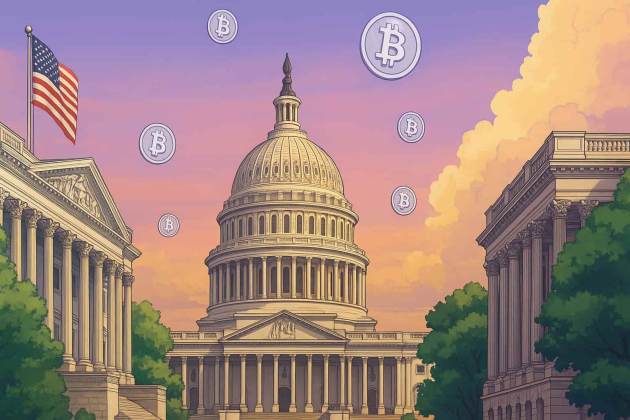Tether-backed Mansa, a financial technology company specializing in cross-border payments using stablecoins, closed a $10 million funding round on Feb. 20.
Mansa raised $3 million in a pre-seed round led by Tether, the issuer of the world’s largest stablecoin, USDt (USDT), and co-led by Polymorphic Capital, with participation from Octerra Capital, Faculty Group and Trive Digital.
The firm raised an additional $7 million in liquidity funding from institutions, including corporate investors and quantitative investment funds, to support Mansa’s market expansion across Latin America and Southeast Asia.
Mansa aims to use the $10 million to transform the way money flows in the fiat world, according to Mouloukou Sanoh, co-founder and CEO of Mansa, who told Cointelegraph:
“By bringing payments on-chain and leveraging efficient liquidity solutions, we are addressing critical challenges in cross-border transactions — making payments faster, cheaper and more reliable worldwide.”
The funding will also enable Mansa to “empower payment companies with seamless, real-time settlement infrastructure,” Sanoh said.
Since its launch in August 2024, Mansa’s stablecoin-based payment solution has processed over $27 million in transaction volume onchain, with nearly $11 million in January, according to Dune data.
Stablecoin settlement in 2024. Source: ARK Invest
The annualized transaction value of stablecoins surpassed $15.6 trillion in 2024 or roughly 119% that of Visa and 200% of Mastercard, two of the world’s largest payment processors, according to ARK Invest’s 2025 report.
Related: Binance resumes USD deposit, withdrawal services for US customers
Addressing cross-border liquidity challenges via stablecoins
Mansa employs stablecoins for cross-border payments, which helps the firm reduce settlement delays and transaction costs.
Mansa’s stablecoin-based solution could help import-heavy economies solve their “severe shortage” of fiat US dollars, which is making global payments challenging, according to Sanoh:
“Stablecoins provide a viable alternative by enabling businesses to access digital dollars at scale, bypassing local currency restrictions and capital controls.”
“By transacting onchain, businesses can conduct seamless cross-border payments without the inefficiencies of traditional financial systems,” he added.
Related: Bitcoin should be studied, not feared, says Czech central bank head
Stablecoins are emerging as a cheaper and faster alternative to traditional bank transfers, especially for cross-border transactions. Remittance fees cost an average of 7.34% during 2024 if they involve bank account transfers, according to Statista.
In contrast, “stablecoins enable instant and low-cost transactions,” for a “fraction of the cost of traditional payment rails,” added Sanoh.
Magazine: MegaETH launch could save Ethereum… but at what cost?











